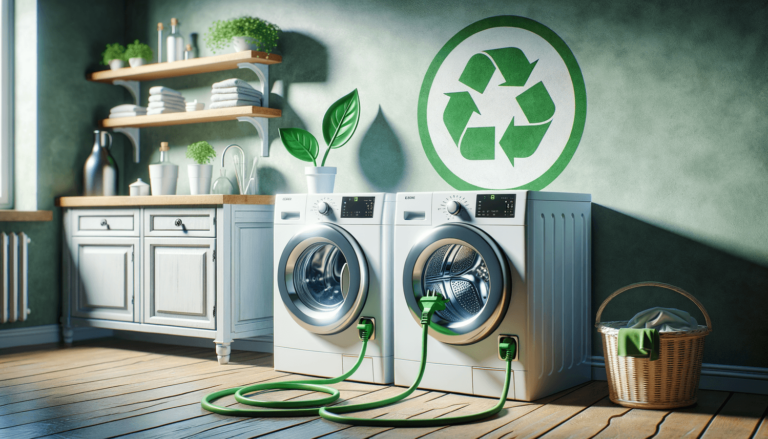

A typical dryer uses approximately 2.5-4 kWh of energy per load, depending on its size, model, and drying cycle chosen. Energy usage varies based on factors such as load size, moisture content, and efficiency of the dryer.
At Settings King, we recommend optimizing dryer settings to reduce energy consumption and save money on your utility bills. Consider these efficient settings for your dryer:
Choose a dryer with automatic moisture sensing technology, as it adjusts drying time based on the moisture content of the clothes, reducing energy usage and preventing over-drying.
By using lower temperature settings, you can save energy, reduce the risk of damage to your clothes, and extend the life of your dryer.
Selecting appropriate dryer settings for the load type, such as cotton, synthetic, or mixed, ensures efficient drying and energy consumption. Visit Settings King for more tailored advice on setting your dryer optimally.
Many dryers offer an Eco mode or energy-saving cycle, which consumes less energy by extending the drying time and using lower heat settings. This setting is ideal for non-time-sensitive loads.
A typical dryer uses approximately 2.5-4 kWh of energy per load, depending on its size, model, and drying cycle chosen. Energy usage varies based on factors such as load size, moisture content, and efficiency of the dryer. At Settings King, we aim to offer practical tips to help you reduce energy consumption and prolong the life of your dryer.
To optimize energy usage, consider adjusting your dryer settings according to these recommendations:
Invest in a dryer with automatic moisture sensing technology, as it adjusts drying time based on the moisture content of the clothes, reducing energy usage and preventing over-drying.
Lower temperature settings save energy, reduce the risk of damaging your clothes, and extend the life of your dryer.
Selecting appropriate dryer settings for the load type, such as cotton, synthetic, or mixed, ensures efficient drying and energy consumption. Visit Settings King for more tailored advice on setting your dryer optimally.
Many dryers offer an Eco mode or energy-saving cycle, which consumes less energy by extending the drying time and using lower heat settings. This setting is ideal for non-time-sensitive loads.
More efficient dryer performance is achieved through regular cleaning of the lint filter. This simple task helps improve air circulation, reducing the energy required for a drying cycle.
Avoid overloading or under-loading your dryer to ensure efficient operation. Adhering to the manufacturer’s guidelines for load size can lead to better performance and energy conservation.
Whenever possible, consider using a clothesline or drying rack to air-dry your clothes. This eco-friendly alternative significantly cuts energy usage and is gentler on your clothes.
At Settings King, our mission is to provide you with practical guidance on optimizing technology settings to conserve energy and save
For those who are still curious about dryer energy consumption, we’ve compiled a list of common questions and concise NLP-style answers to further expand upon the topic.
A dryer’s energy usage is affected by factors such as its size, model, age, efficiency, selected drying cycle, load size, and moisture content of laundry.
Choose an energy-efficient dryer by looking for models with an Energy Star rating, automatic moisture sensing technology, a variety of temperature settings, and Eco mode options.
Higher moisture content in laundry requires longer drying times and increased energy usage, while lower moisture content leads to shorter drying times and reduced energy consumption.
Conserve energy with your current dryer by cleaning the lint filter regularly, selecting lower temperature settings, using load-appropriate settings, and opting for energy-saving cycles when possible.
The average lifespan of a dryer is approximately 10-13 years, with proper usage and maintenance. Regularly cleaning lint filters and selecting appropriate settings can help extend your dryer’s life.